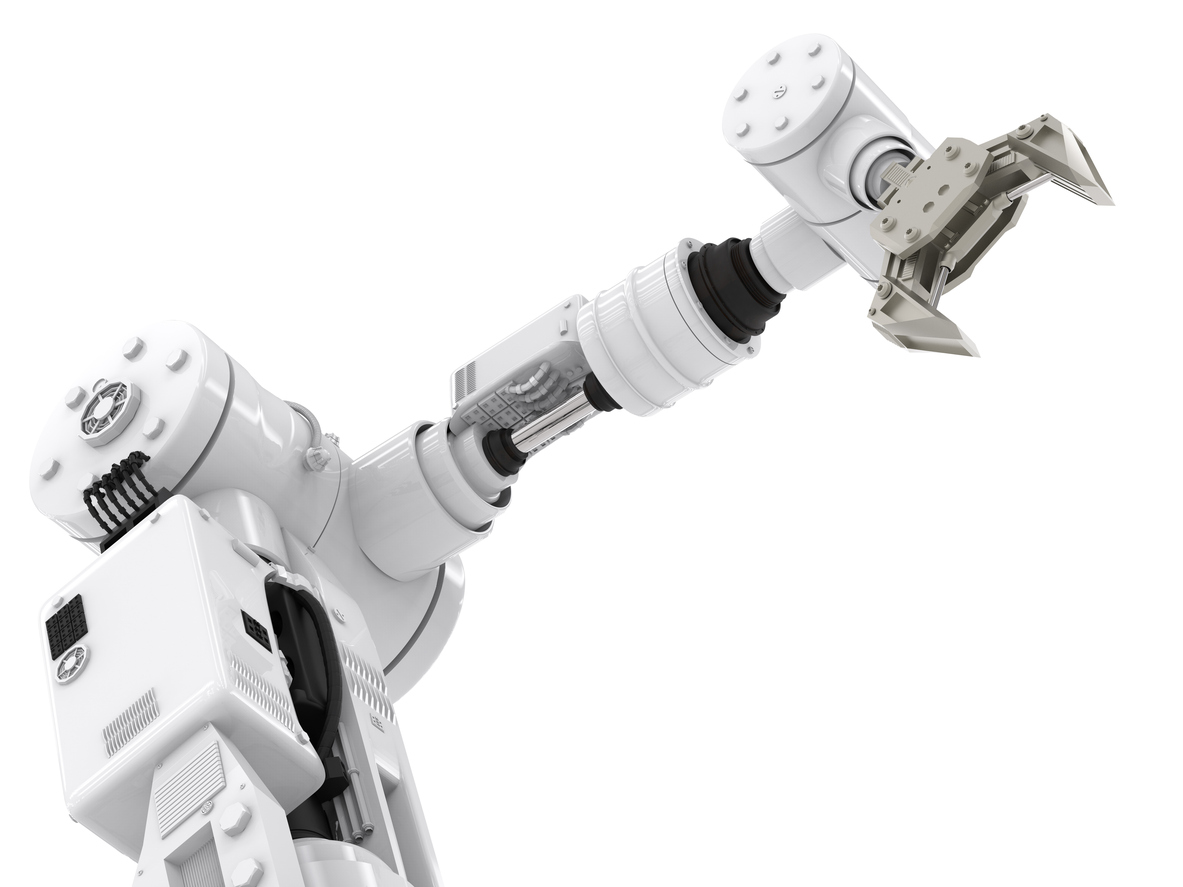Reducing Cycle Time for Machine Tending with Industrial Robots

In machine tending applications, the main value of industrial robots lies in their ability to drastically cut cycle times to improve overall productivity. Industrial robots can provide a number of benefits, when compared to manual machine tending, that result in reduced cycle times.
Robotic machine tending processes can have a major impact on a manufacturer’s bottom line, as well as provide excellent return on investment (ROI), when robotic systems are at peak productivity.
Essential Attributes of a Robotic Machine Tending System
Industrial robots for machine tending have to achieve certain key performance parameters to be productive enough to deliver ROI in the long-term. Some of these essential attributes include:
- Accuracy: it’s vitally important that machine tending robots are highly accurate. The ability to accurately pick and place a part during machine tending means that downtime and rework are minimized, and the robot is operating as productively as possible.
- Flexibility: in many machine tending applications, there are multiple types of parts that need handled, which can require tooling changes for the robot. The ability to automatically and quickly complete tooling changeover, as well as the programming to handle many different part types, is essential for machine tending robots.
- Payload: often times the parts being handled in a machine tending application are large and heavy. In these instances, it’s critical that machine tending robots have a high enough payload to quickly and efficiently handle large parts.
Machine tending robots can reliably deliver ROI and productivity gains when they’re integrated properly to achieve key performance attributes.
Robotic Machine Tending for Agricultural Manufacturer Drastically Cuts Cycle Time
In a case documented by Genesis Systems Group, an agriculture manufacturer of drive train components needed to automate machine tending processes to improve productivity. There were 16 different part numbers that needed to be automated with little to no operator involvement.
A single robot work cell with dual 3-jaw grippers and 180-degree index, including a 2D vision system and red LED lighting effectively tended machines. Overall cycle time was cut to under 60 seconds and the system maintained 95% uptime.
In the end, the project was a success. The agricultural manufacturer eliminated inefficiencies in their production and found excellent ROI.
To learn more, read the robotic machine tending case study by Genesis Systems Group.
Posted in Robotic Machine Tending